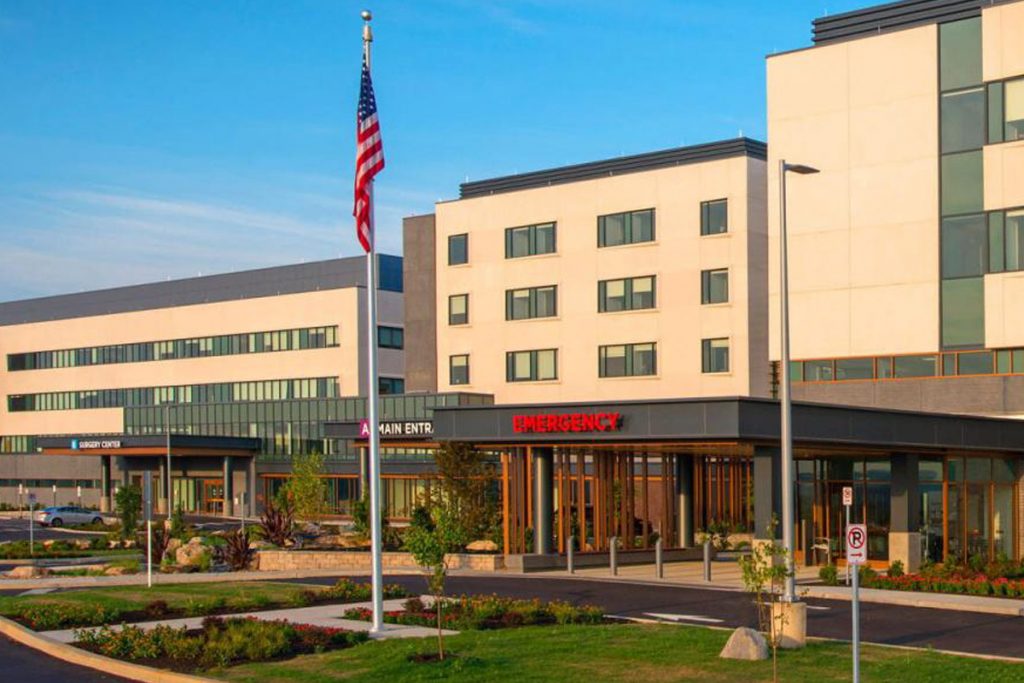| May 30, 2025
Security Strategies for Protecting Healthcare Workers and Facilities

Healthcare Workers and Facilities are at Risk
Healthcare workers in Pittsburgh and across the country are facing a troubling rise in workplace violence. Recent incidents, such as the UPMC Memorial Hospital attack that occurred just south of Harrisburg, PA, have brought this issue into sharp focus, highlighting the urgent need for hospitals and clinics to continuously prioritize the safety of their staff. Data shows that healthcare workers are five times more likely than other professionals to be physically attacked on the job, with serious consequences for both individuals and the healthcare system as a whole.
Pennsylvania in Focus: Recent Healthcare Security Incidents from Pennsylvania’s Major Cities
Pittsburgh, PA
- March 2025: A man was arrested after allegedly punching several nurses and a security guard inside Jefferson Hospital.
Harrisburg, PA
- February 2025: The UPMC Memorial Hospital attack involved a gunman taking hostages in the ICU, injuring staff and killing a police officer.
Philadelphia, PA
- August 2024: A 39-year-old man stabbed two hospital staff members with a hypodermic needle, and one nurse was knocked out during an incident at Temple University Hospital’s Episcopal Campus.
The Scope of the Healthcare Security Problem
Violence in Healthcare Settings
- Healthcare workers experience more workplace violence than police officers and correctional staff.
- Healthcare workers are five times more likely to experience workplace violence than employees in other industries, and they account for 73% of all nonfatal workplace injuries and illnesses due to violence.
- A nationwide survey in 2024 found that 81.6% of nurses have experienced at least one type of workplace violence incident, and nearly half have seen a rise in rates of violence.
- The UPMC Memorial Hospital incident in February 2025, where a nurse was taken hostage, underscores the real and present danger faced by staff on a daily basis.
Safety Consequences for Staff and Patients in Healthcare Facilities
- 17.2% of nurses leave their job every year due to workplace violence.
- Physical injuries and emotional trauma force some workers to leave the profession.
- More than 26% of healthcare workers have considered quitting because of hospital violence.
- Productivity drops, and patient satisfaction scores decline in facilities where violence is common.
- Resources are diverted to manage security incidents, which can delay patient care and strain hospital operations.
- The American Hospital Association estimates post-incident violence costs $428.5 million nationally, including staff turnover, disability, compensation for lost wages, and absenteeism costs.
Security Strategies for the Healthcare Industry
Comprehensive Security Planning
- Develop and regularly update a facility-specific security plan.
- Establish Workplace Violence Prevention Committees that include leadership, security, and frontline staff.
- Leadership should make safety a visible priority, not an afterthought.
Technological Security Solutions
- Install surveillance cameras in high-risk areas to deter and document incidents.
- Use access control systems (keycards, biometrics) to limit entry to sensitive zones like ICUs and pharmacies.
- Equip nurse stations and reception desks with panic buttons or smart badge reels for discreet emergency alerts.
- Consider bullet-resistant glass and barriers at entry points – especially in emergency departments.
Physical Security Measures
- Employ trained security personnel with a visible presence to deter crime in high-risk areas.
- Conduct regular security assessments to identify and address security vulnerabilities.
- Limit after-hours access and monitor all entry points with alarms and automation.
Staff Security Training and Support
- Provide ongoing training on de-escalation, situational awareness, and emergency response protocols.
- Ensure staff know how to report threats and feel empowered to do so without fear of retaliation.
- Offer trauma support and counselling for staff affected by violence.
Security-Related Policy and Partnership Initiatives
- Enforce strict codes of conduct for patients and visitors, with clear consequences for violations.
- Collaborate with local law enforcement and community organizations for rapid response and prevention programs.
- Participate in national initiatives, such as the American Hospital Association’s #HAVhope, to share best practices and raise awareness of the threats to healthcare workers.
Building a Safer Future for Healthcare Workers
Healthcare workplace violence is a national crisis, and the data is clear: healthcare workers face a significantly higher risk of violence than any other profession, leading to physical injuries, psychological trauma, and staff shortages that ultimately impact patient care.
By implementing comprehensive security planning, investing in technology and physical security, providing robust staff training and support, and fostering strong policies and partnerships, healthcare facilities can better protect their workers and patients.
As this issue continues to receive legislative attention in Pennsylvania and beyond, it’s critical for every healthcare facility to proactively review and strengthen its security strategies. The safety of our healthcare workers – and the safety of our communities – depends on it.
At Convoy Group, we know that the healthcare industry faces unique challenges. Taking a proactive approach to workplace violence prevention is necessary for the health of your staff and the people they serve. If your healthcare organization is looking for guidance on security solutions, it’s worth consulting with experts who understand the complexities of healthcare environments and can help you build a safer future.
